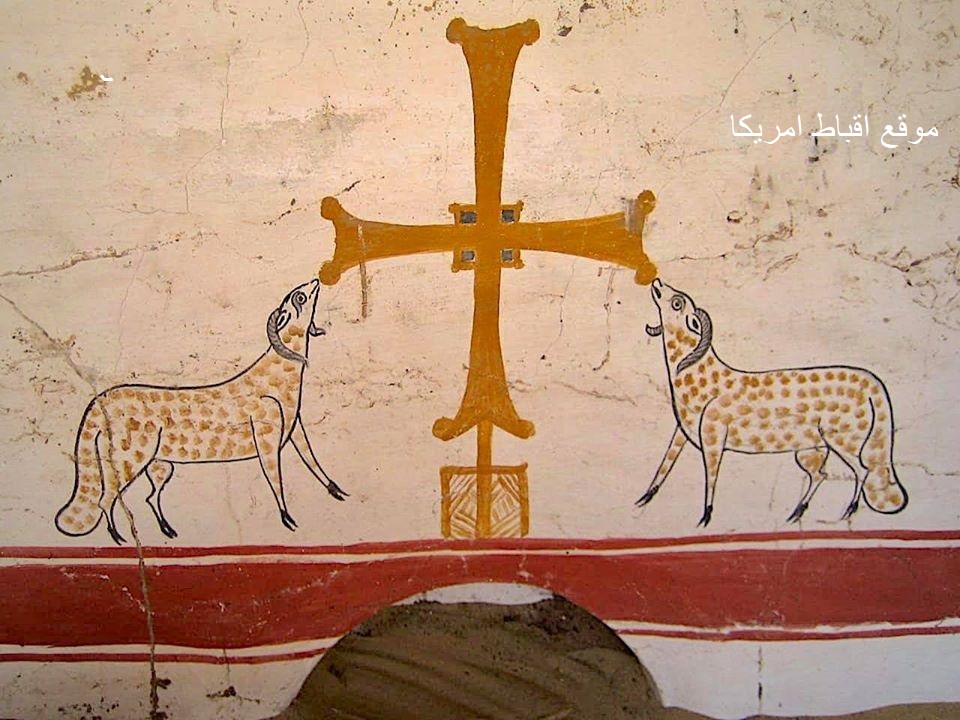الكشف عن ٨ مقابر قبطية فريدة الطراز في البهنسا منذ قليل على يد البعثة المصرية – الأسبانية

Luxor TimesLike Page
Spanish Team Discovers Unique Tombs
The Egyptian-Spanish archaeological mission working at the site of Oxyrhynchus, known as Per-medjed in ancient Egypt, was one of the most important cities in Egypt during the Greco-Roman Period. The most part of the city is under the modern city El-Bahnasa (180 km south of Cairo) has discovered a unique Saite tomb.
Dr. Mostafa Waziry (Secretary-General of the Supreme Council of Antiquities) said “The tomb is unique. This style wasn’t discovered before in El-Bahnasa. The one-room polish limestone tomb has an entrance form the north. The walls leaning at the ceiling so it makes it flat instead of domed like the previously excavated tombs in the area.”
Dr. Waziry also said “No funerary furniture was found in the tomb.”
The director of the mission from Barcelona university Dr. Esther Pons said “The excavations revealed 8 tombs, all non-decorated with domed ceiling. Several Roman tomb stones were found inside as well as Bronze coins, Small crucifixes and mud seals.”
The discovered tombs were unearthed under the bases of the gravestones from a Roman Period. Some of the findings were related to the deceased people from the Byzantine Period, such as inkpots and bronze earrings, ostraca and a funerary gravestone from a freedman, a released slave who could prosper and had been asked to work on a stela.
The team had to finish this season’s work early because of COVID-19 epidemic. During this mission, researchers worked on topographical works, as well as 3D photogrammetry and aerial imaging.
The excavation in the Oxyrhynchus site is a joint project by the Institute of Ancient Near East Studies (IPOA) of the UB, the Spanish Ministry for Culture and Sports, the University Paul Valéry – Montpelier 3, the Palarq Foundation and the Catalan Society of Egyptology and of course the main partner “The Egyptian Supreme Council of Antiquities”


0 comments